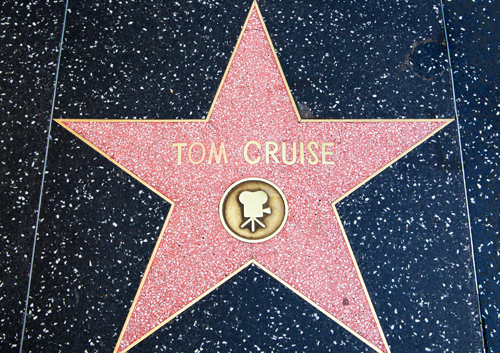How do I take care of my lingual braces?
January 15th, 2020

Patients at Nalin Orthodontics often wonder if lingual braces require the same amount of care as regular braces. The only real difference between lingual braces and traditional braces is the location of the brackets: lingual brackets are mounted on the back of your teeth. This mounting technique means that your braces completely hidden! However, you need to take special care of your lingual braces to prevent damage to the brackets and wires.
General care
Wearing lingual braces requires more caution when you eat hard or crunchy foods, which should be avoided whenever necessary. Applying excess pressure when you chew can cause brackets to break loose. This is more likely to happen if your upper front teeth overhang your lower teeth. You should also avoid foods that become caught in the brackets.
Brushing and flossing
Flossing can be done with a combination of regular dental floss and an inter-dental or wire brush. Floss threaders can also be used to get floss under the wires of your braces; ask our team for one at your next appointment with Dr. Andrew Nalin. You should always brush and floss after every meal, because there is a greater chance of food particles becoming stuck in your braces. You can also use a mouthwash to reduce bacteria and fight plaque. As always, keep your regular dental hygiene appointments at our convenient Mount Vernon, WA office to make sure that no problems develop while you’re undergoing orthodontic treatment.
Many individuals have a natural habit of rubbing their tongue along the inside of their teeth, especially when a change has occurred in their mouth. This can cause soreness or small abrasions on your tongue. While they should subside within a few weeks, the use of dental wax can be helpful.
Please ask Dr. Andrew Nalin and our team any questions you may have about your new braces and how to care for them and your teeth. The better care you take of your teeth and braces now, the better your outcome will be when your orthodontic work is complete!




 Website Powered by Sesame 24-7™
Website Powered by Sesame 24-7™